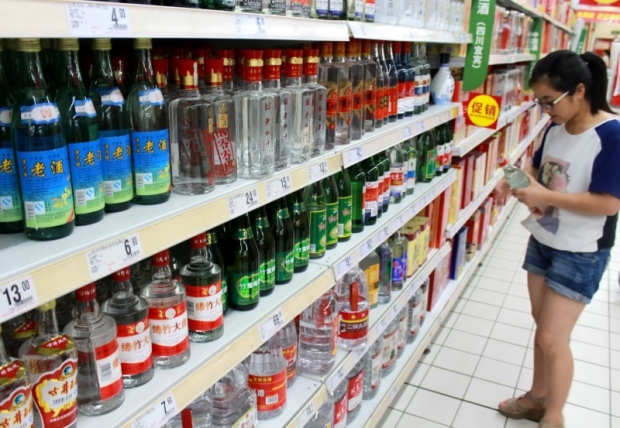-
Tips for becoming a good boxer - November 6, 2020
-
7 expert tips for making your hens night a memorable one - November 6, 2020
-
5 reasons to host your Christmas party on a cruise boat - November 6, 2020
-
What to do when you’re charged with a crime - November 6, 2020
-
Should you get one or multiple dogs? Here’s all you need to know - November 3, 2020
-
A Guide: How to Build Your Very Own Magic Mirror - February 14, 2019
-
Our Top Inspirational Baseball Stars - November 24, 2018
-
Five Tech Tools That Will Help You Turn Your Blog into a Business - November 24, 2018
-
How to Indulge on Vacation without Expanding Your Waist - November 9, 2018
-
5 Strategies for Businesses to Appeal to Today’s Increasingly Mobile-Crazed Customers - November 9, 2018
Chinese Inflation Eases to 1.8% in July as Food Price Growth Slows
The PPI figures came along with the release of the consumer price index, which rose 1.8 percent year on year in July, slowing from 1.9 percent in June.
Advertisement
Protracted declines in the PPI bode ill for industrial prospects and economic growth, as they put off customers – who seek to delay purchases in anticipation of cheaper deals in future – starving companies of business and funds. Manufacturers have experienced factory gate deflation from February 2012, but the decline has softened in recent months, a sign that overcapacity in the economy was ebbing.
“The improvement of PPI should benefit the corporate sector’s profitability, but is unlikely to encourage private sector investment, as the main beneficiaries are heavy industries – which are dominated by state-owned enterprises”, said ANZ economists in a note.
However, strengthening producer prices mean there is likely less need to ease in the short-term, analysts say.
But they warned that until Beijing’s plans to cut coal and steel capacity have “made significant progress, the PPI should not stay strong”.
The July data dropped for the third-consecutive month from 2.3 percent in April, when the CPI reached its highest level since July 2014.
The People’s Bank of China (PBOC) stressed “prudent monetary policy” in a quarterly report last Friday, reinforcing its stance a day after the Bank of England reduced its interest rate to a record low.
Inflation slowed to 1.8% in July from 1.9% in June, the National Bureau of Statistics reported Tuesday.
Moderate inflation can be a boon to consumption as it pushes buyers to act before prices go up.
The data calendar tonight continues with the Euro/German trade balance, but the main one to watch in Europe (or out of Europe?) is United Kingdom manufacturing production.
“CPI inflation looks good, partly because the food price is coming down despite the flood making the vegetable prices going up”, said Helen Qiao, chief greater China economist at Bank of America Merrill Lynch.
Advertisement
“The summer holiday fuelled the seasonal increases in prices of some services”, said NBS analyst Yu Qiumei in a statement. However, producer prices moved up 0.2% month-over-month in July.





























